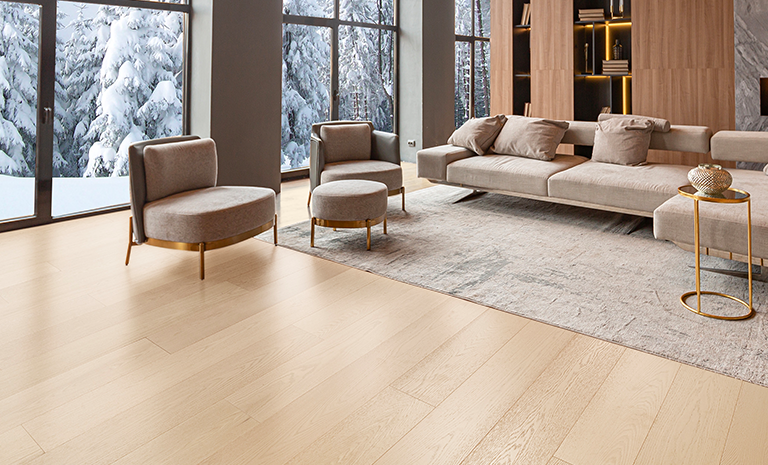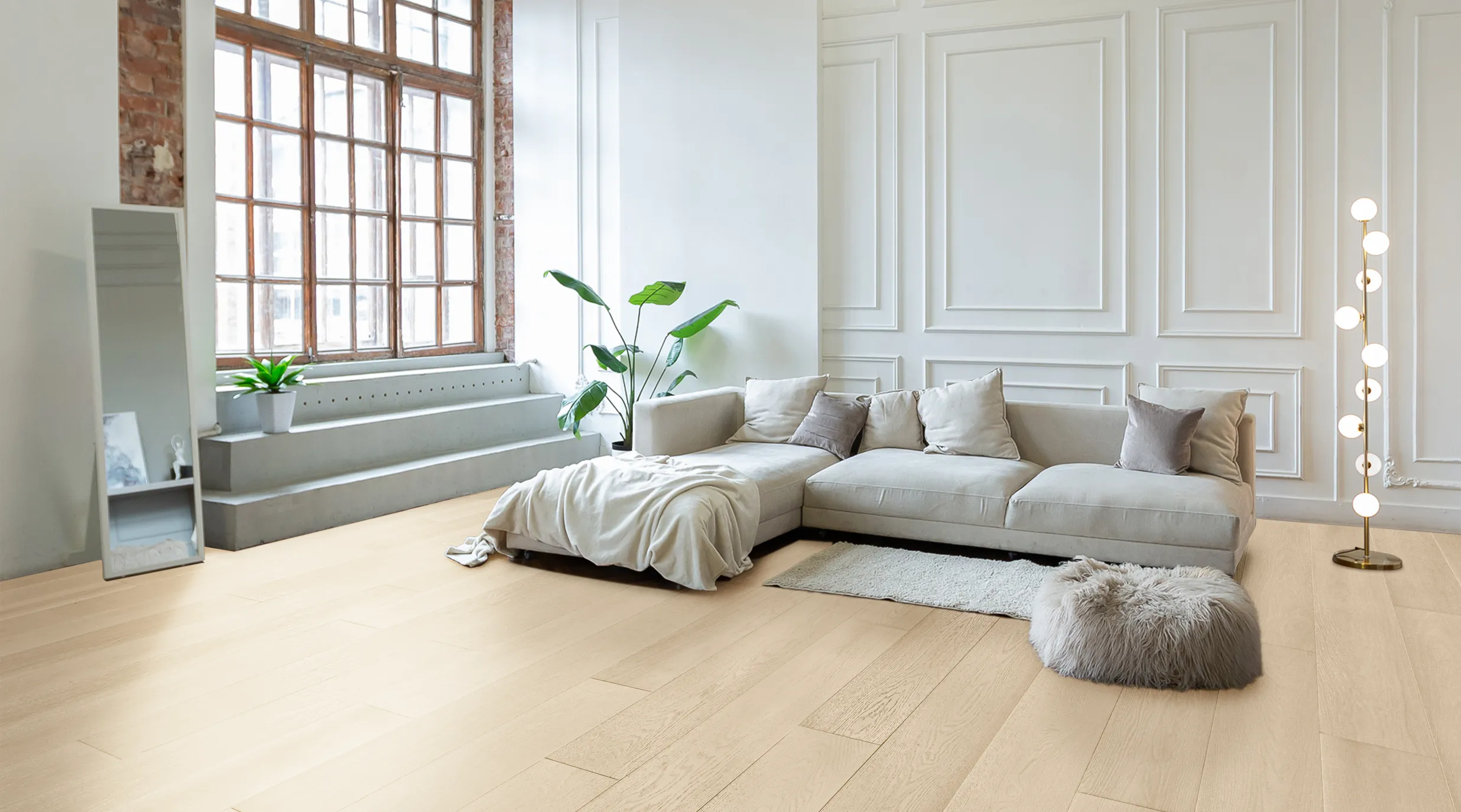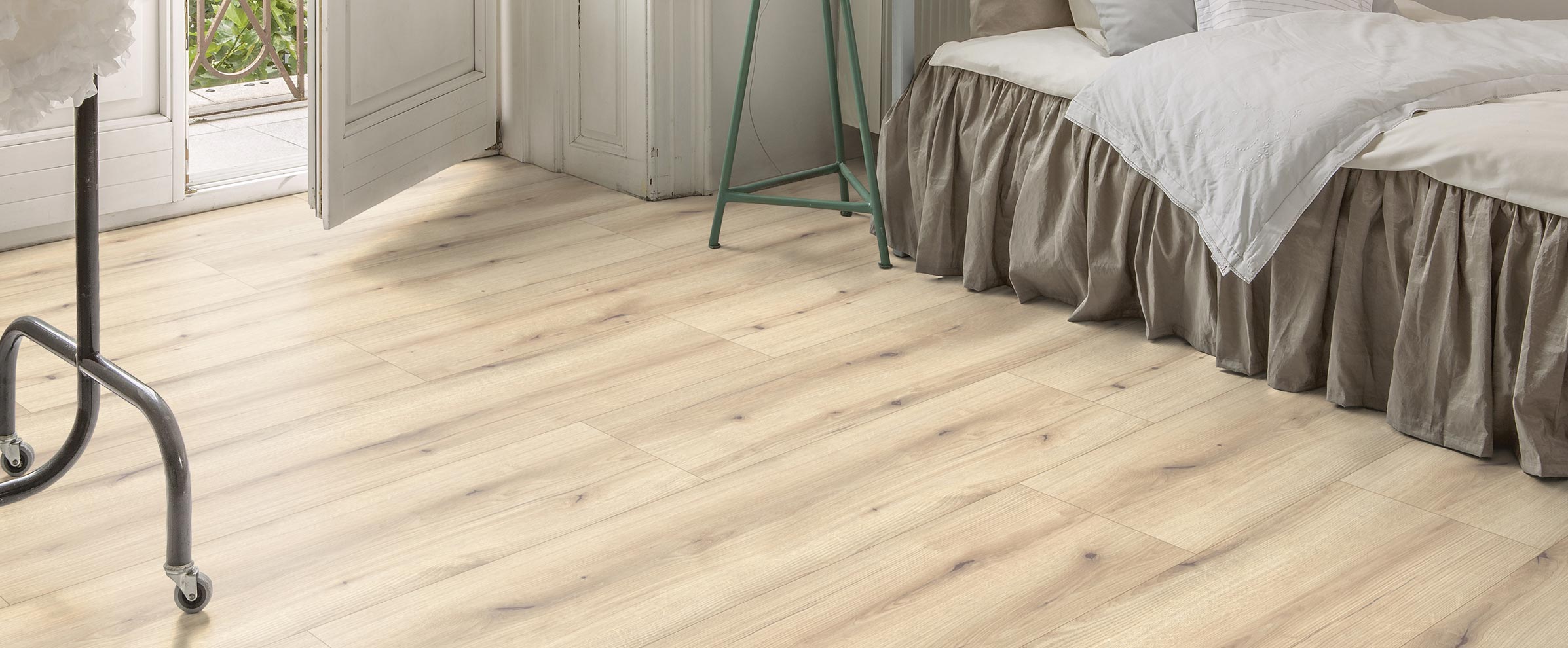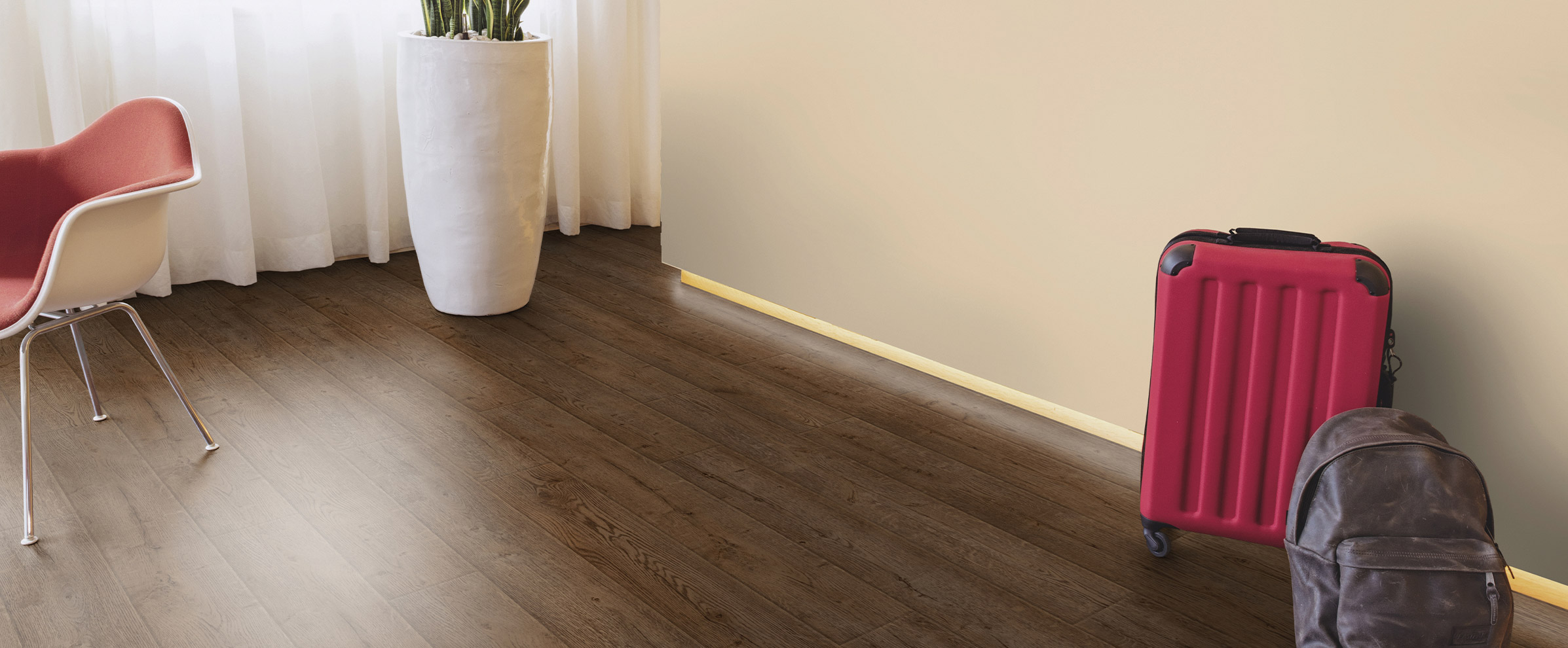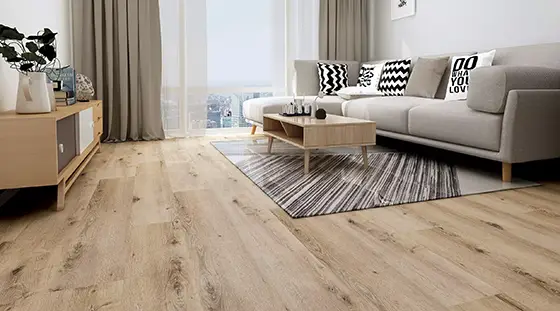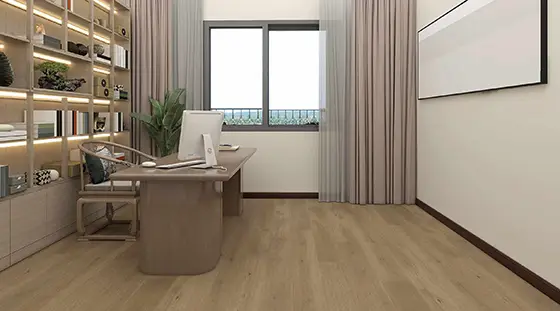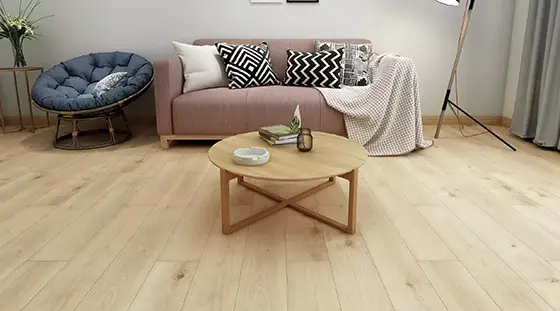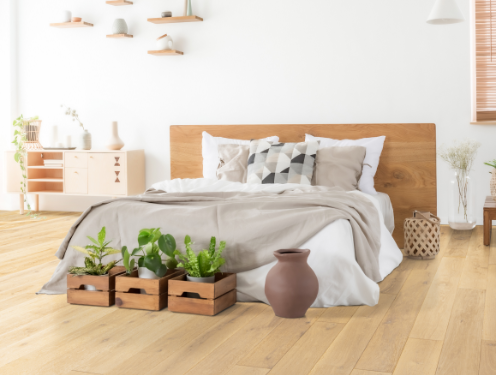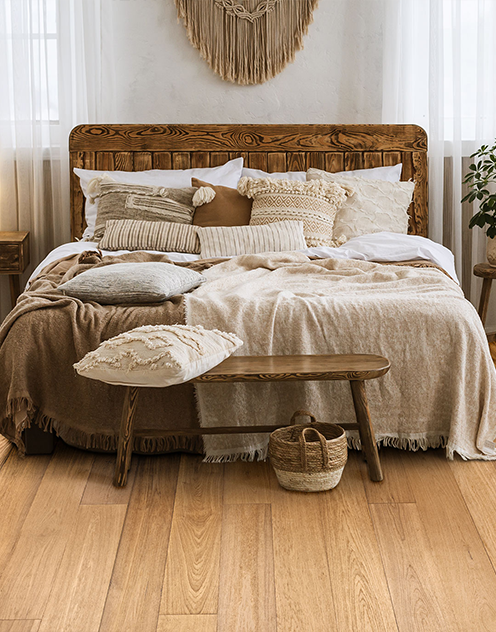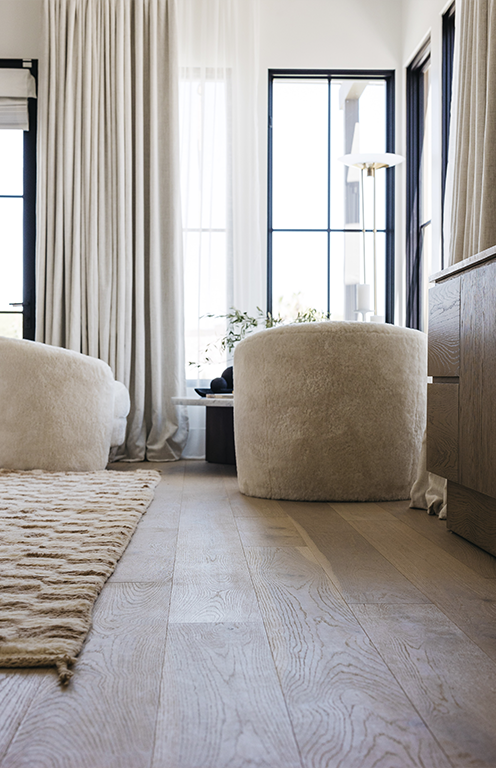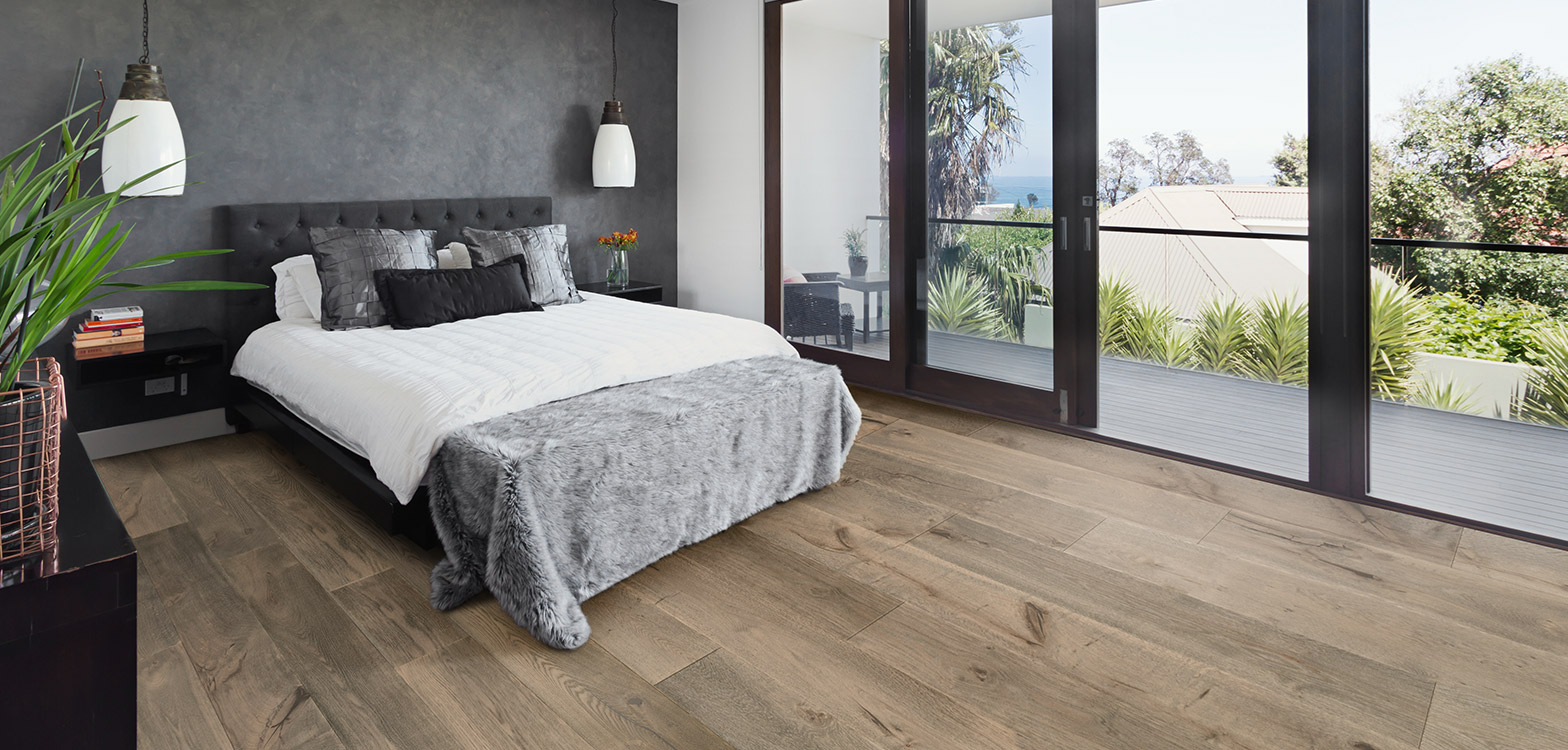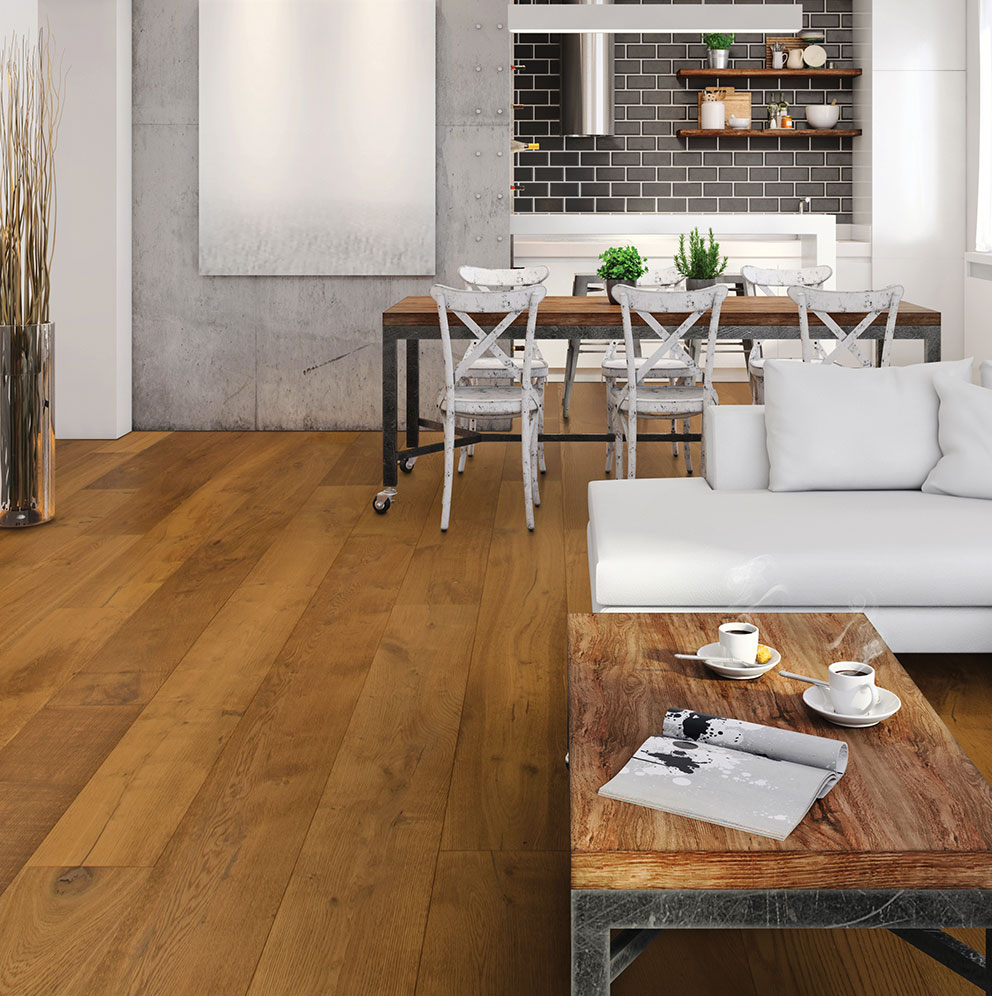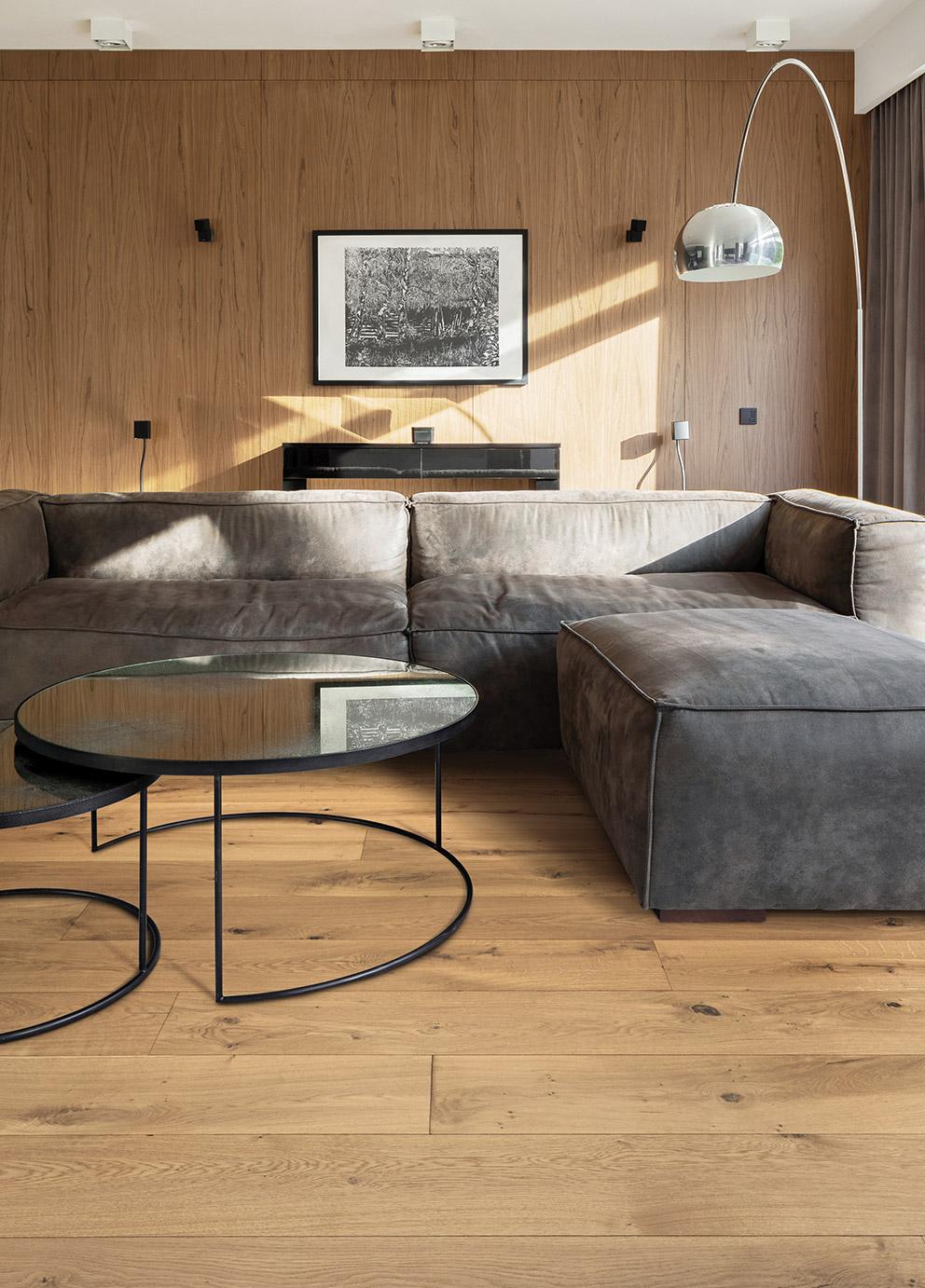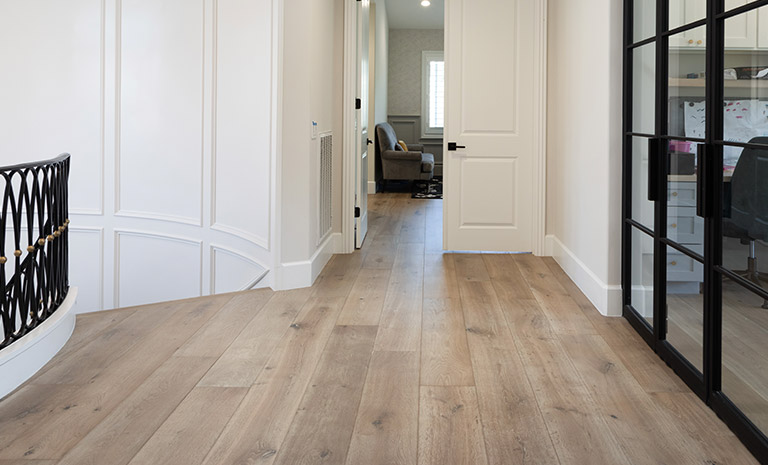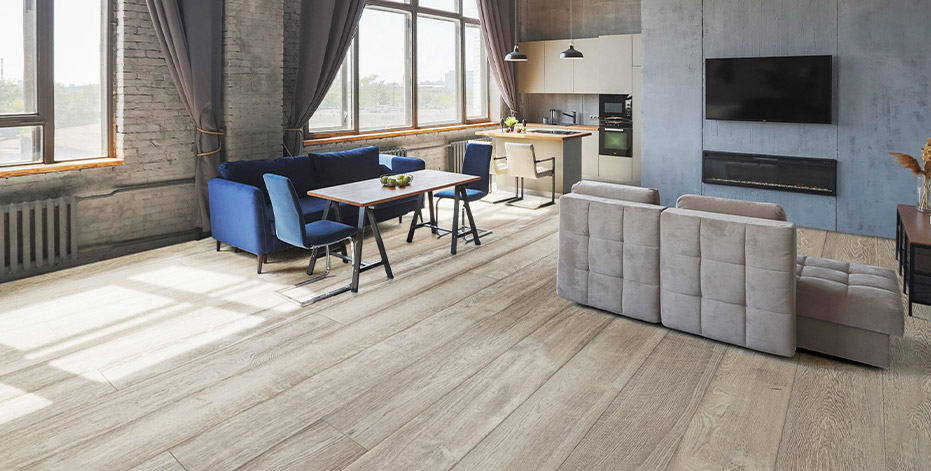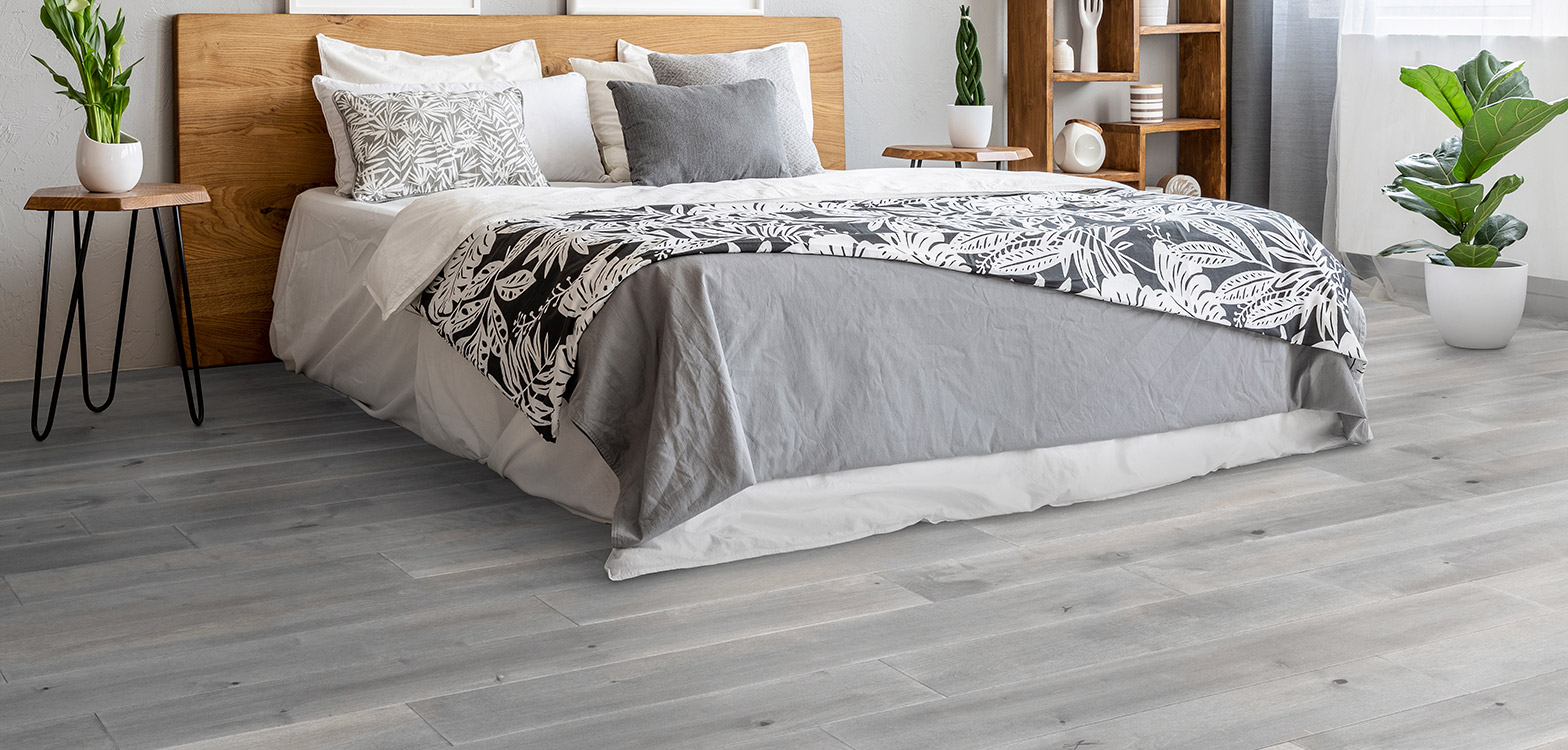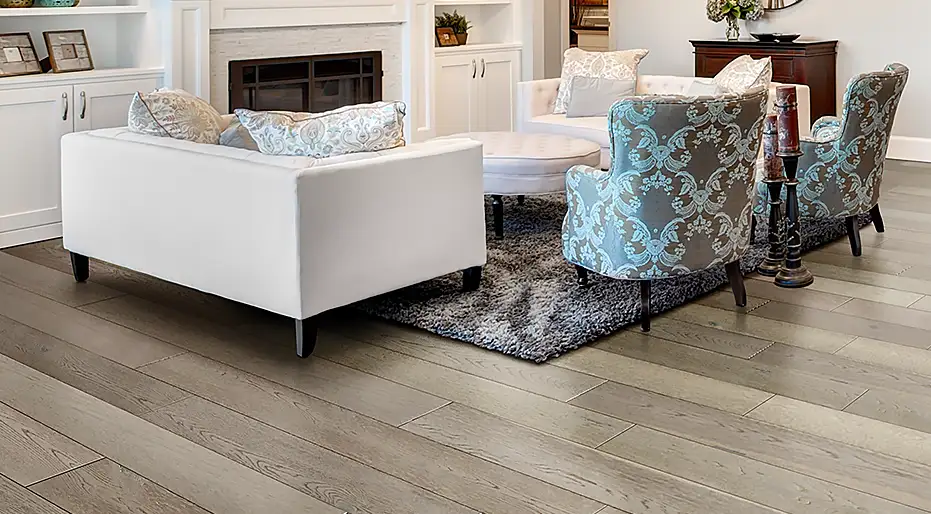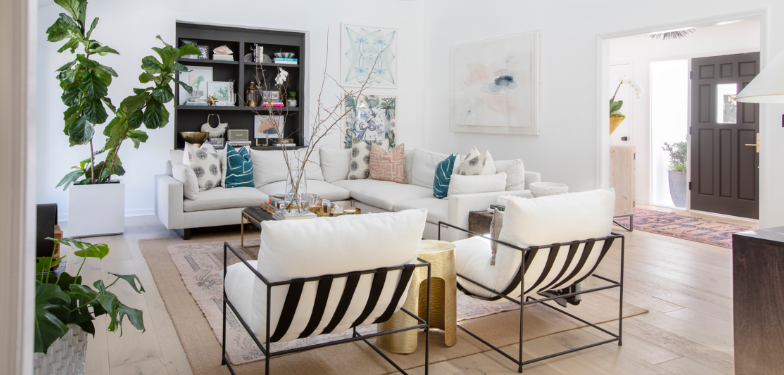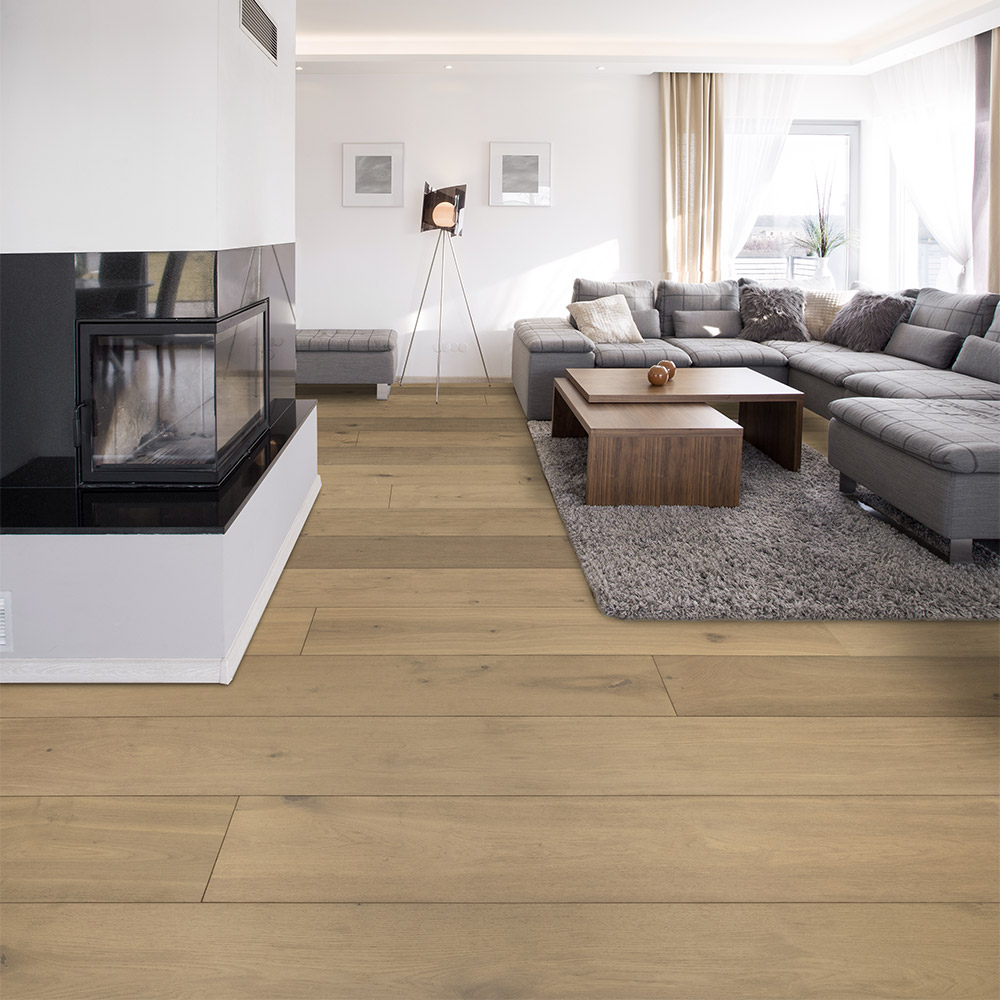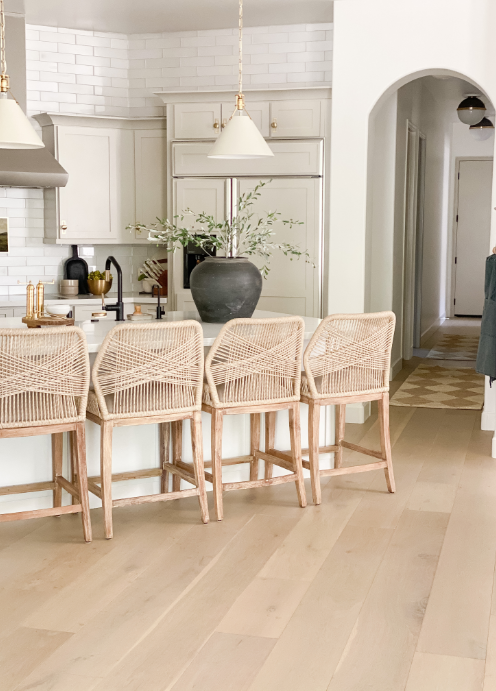The hardwood flooring industry is filled with jargon, or terminology, that is used to explain various aspects of wood floors. To keep you from scratching your head trying to make sense of it all, we’ve comprised a list of the popular terms that customers will often see describing the characteristics of our hardwood floors.
Hand-scraped: the term, “hand-scraped”, is often used to describe a wood floor that features characteristics of older style floors that are scraped by hand. Features of hand-scraped hardwood floors may include gentle waves and scrapes. They are popular with active families.
Distressed: this term is used when boards are intentionally created with imperfections such as dents, scratches, and other surface damage to give off the appearance of a worn look. It adds a very wholesome, natural look that many hardwood floor owners are fond of.
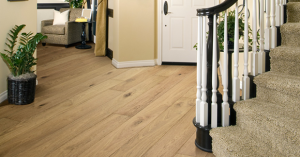
Wire-brushed: used to describe a floor that had its soft grains hollowed out by using wire brush, leaving only the hard grains for a weathered, rustic effect. It’s actually a distressing technique that also gives boards a timeworn look.
Prefinished: used to describe floors that have already been sanded, stained, and finished inside of a manufacturing plant as opposed to site-finished where the same process in done during the installation, or on-site, inside of a customer’s home.
Engineered: as opposed to solid, engineered is a type of multi-layered flooring that is “engineered” a specific way inside of a manufacturing plant and features distinct advantages over solid wood flooring. Only the top part of the board, known as the veneer, is made of solid hardwood. Engineered flooring is more stable and has lower susceptibility against temperature and moisture swings.
Bevel Edge: each plank, or board, features different types of edges that connect two pieces together. Beveled edges feature grooves, as opposed to square edges, also known as regular edges, that meet each board squarely. Beveled edges allow for easier maintenance. Micro-beveled edges, also known as eased edges or kissed edges, are very similar except the grooves in the planks are smaller (i.e. the bevel is smaller) and are not as pronounced as beveled edges. Kissed edges can also hide minor irregularities such as plank height.
Knot: these show where branches were once joined to the actual tree. They are typically dark, round, and hard.
Finish: there are many types of finishes that exist, but they all refer to the protective coating that is applied to the floor. A common finish applied to wood floors is polyurethane, which is a clear durable finish.
Smoked: hardwood floors that have been intentionally darkened during the drying process.
Species: this refers to the type of tree the hardwood planks were milled from. Common species you may have seen on our engineered hardwood flooring website include oak, hickory, and maple. Hardwood floors all begin with a species of wood – this is where the magic happens.
If you want even more information – with pictures as well – then visit our Flooring 101 section!

